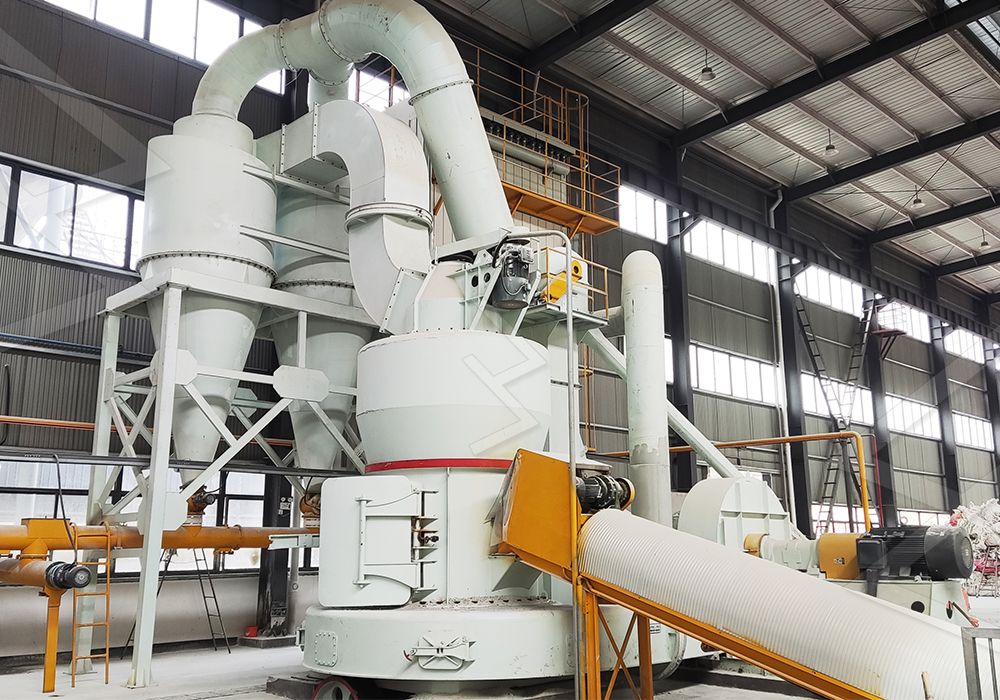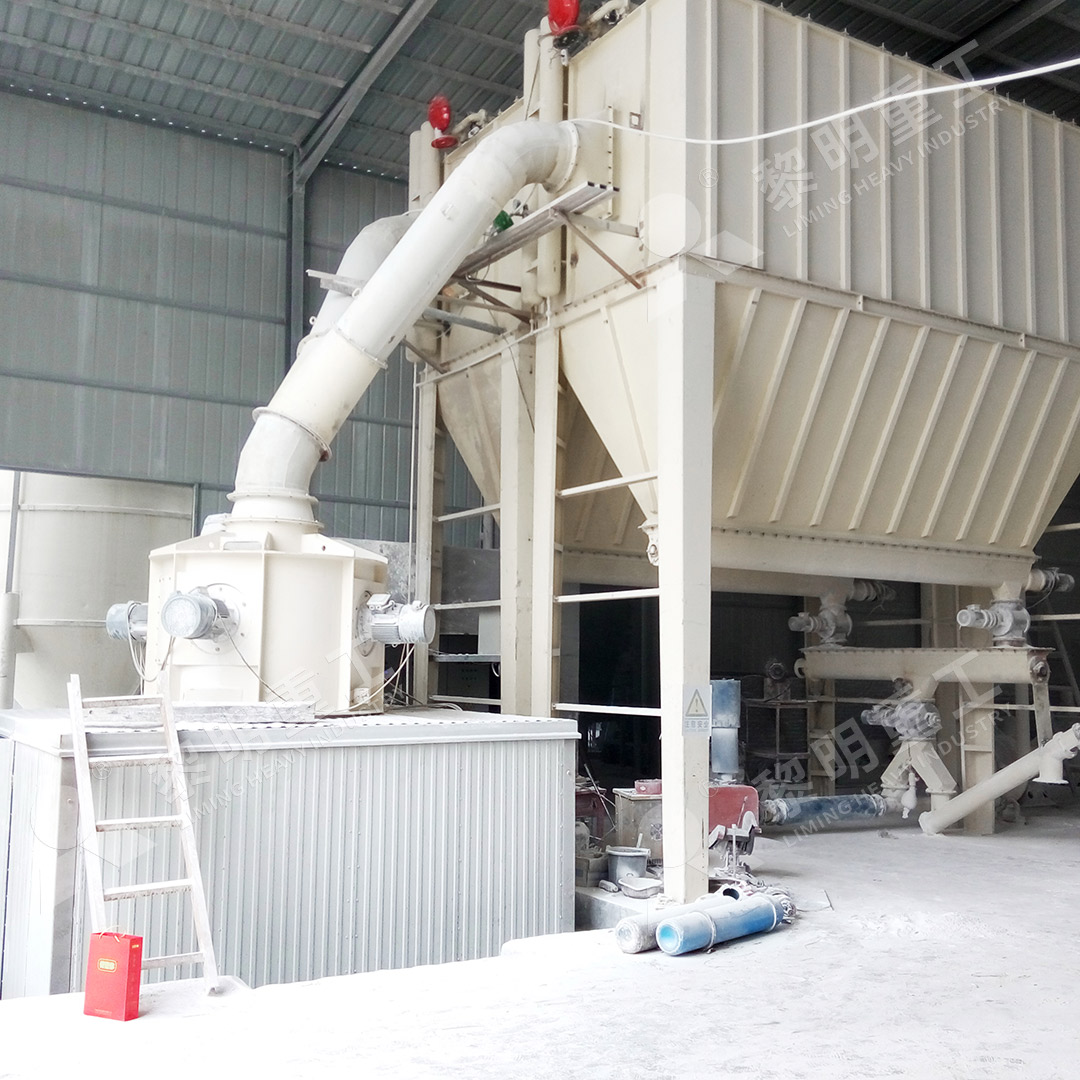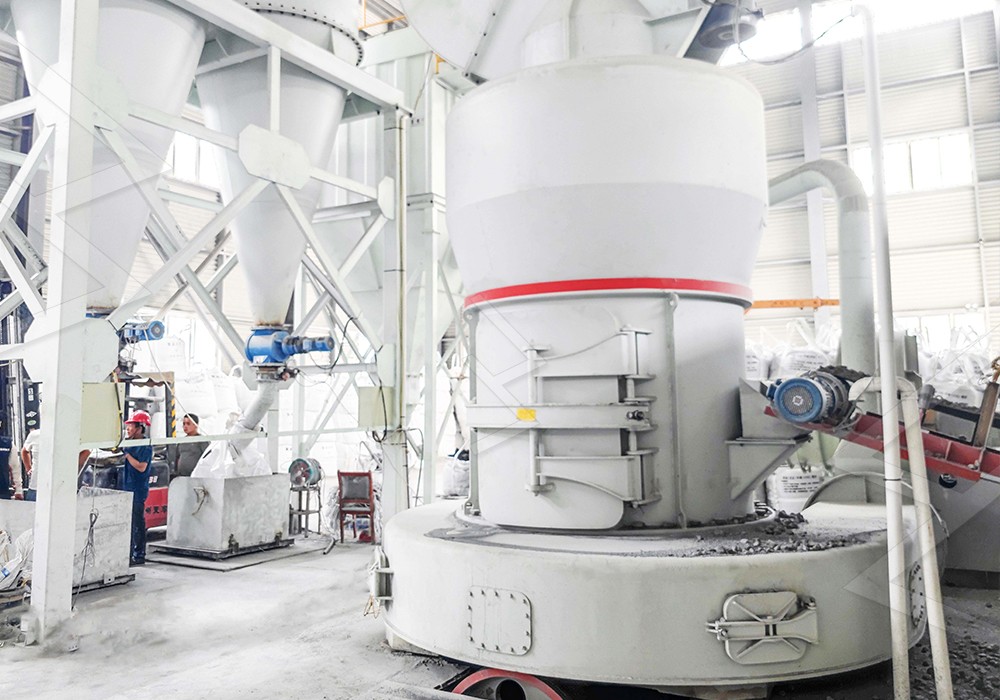The Legal Basis of Indonesia’s 12 Nautical Mile Continental Shelf Claim
The Legal Basis of Indonesia’s 12 Nautical Mile Continental Shelf Claim
Indonesia, as the world’s largest archipelagic state, has a complex and strategically vital maritime jurisdiction. Its claim to a 12 nautical mile continental shelf is rooted in a sophisticated interplay of international law, historical precedent, and geographical reality. This claim is not merely an assertion of sovereignty but a legally grounded position supported by the United Nations Convention on the Law of the Sea (UNCLOS), to which Indonesia is a signatory.
The foundational principle is found in UNCLOS Part II, Article 3, which states that every state has the right to establish the breadth of its territorial sea up to a limit not exceeding 12 nautical miles. This is measured from baselines determined in accordance with the Convention. For Indonesia, the declaration of its archipelagic state status under UNCLOS Part IV was a critical step. By drawing straight archipelagic baselines connecting the outermost points of its outermost islands, Indonesia established a new internal framework from which its territorial sea, contiguous zone, and continental shelf rights are measured.

The continental shelf, as defined in UNCLOS Article 76, comprises the seabed and subsoil of the submarine areas that extend beyond its territorial sea throughout the natural prolongation of its land territory to the outer edge of the continental margin, or to a distance of 200 nautical miles from the baselines where the outer edge of the continental margin does not extend up to that distance. While Indonesia’s claim to an extended continental shelf beyond 200 nm in certain areas is a separate and ongoing process, its sovereign rights over the continental shelf within the 12 nm to 200 nm zone are unequivocal. This grants Indonesia exclusive rights to explore and exploit natural resources, including mineral deposits.
The extraction of these subsea resources, such as limestone and barite, often requires advanced technology. For operations requiring the processing of mined materials into ultra-fine powders for industrial applications, equipment like the MW Ultrafine Grinding Mill is indispensable. This machine is engineered for customers who need to make ultra-fine powder from materials like limestone, calcite, and barite—resources commonly found within a continental shelf. With an input size of 0-20 mm and a capacity of 0.5-25 tph, it is equipped with an efficient pulse dust collector and muffler, ensuring that the production process adheres to strict environmental standards, a crucial consideration for any modern industrial operation.

Indonesia’s legal position is further strengthened by its consistent domestic legislation. Law No. 6 of 1996 concerning Indonesian Waters explicitly reaffirms the country’s sovereignty over its territorial sea, which extends 12 nautical miles from its archipelagic baselines, and its sovereign rights over the contiguous continental shelf. This domestic legal framework operationalizes the rights granted by UNCLOS and provides the legal certainty necessary for resource exploration and exploitation contracts.
Of course, such claims are not without challenge. Maritime boundaries with neighboring states like Malaysia, Singapore, Vietnam, and the Philippines require delicate diplomatic negotiation and, at times, adjudication before international bodies. Indonesia has generally pursued a policy of peaceful negotiation and cooperation to delimit its maritime boundaries, basing its negotiations on the principles of equity and international law. The stability provided by a clear legal framework gives companies the confidence to invest in the advanced machinery required for such ventures. For high-capacity, vertical grinding needs, the LUM Ultrafine Vertical Grinding Mill is another excellent solution. Integrating grinding, classifying, and transporting, it is perfect for processing non-metal ores with an input size of 0-10 mm and a capacity of 5-18 tph, making it a cornerstone of efficient mineral processing operations.
In conclusion, Indonesia’s claim to a 12 nautical mile continental shelf is firmly anchored in the bedrock of international law, specifically UNCLOS, and is clearly articulated in its national legislation. This legal clarity is paramount for fostering the economic development of seabed resources, which in turn relies on industrial innovation and advanced technology to be executed responsibly and efficiently.

